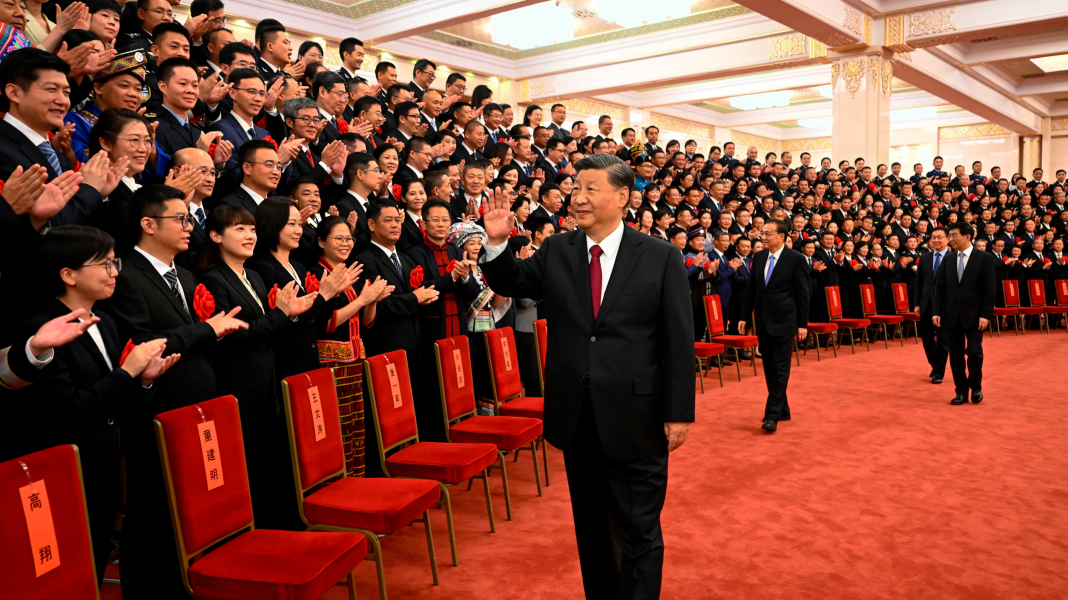BEIJING: The 20th National Congress of the Chinese Communist Party (CPC) will be commenced on October 16, 2022.
It will chalk out major policies for the development of the CPC and China in the next five years.
In this regard, the nominated 2,296 delegates will represent the 20th National Conference of the CPC. Moreover, it anticipates that during series of sessions of the 20th CPC National Congress, matters of immense social development, ways & means of economic stability & sustainability, political system, people’s friendly policies and strategic priorities of China will also be thoroughly shared and evenly discussed.
It expects that the CPC may emphasize livelihood matters such as rural development, urbanization, ecology, and food-security issues during the upcoming 20th National Congress of the CPC.
In this context, the Chinese economic miracle has been gradually developed by the CPC in the past decades and further strengthened especially in the last five years.
China’s GDP expanded at an average annual growth rate of 6.6 percent from 2013 to 2021, higher than the growth pace of 2.6 percent for the global economy and 3.7 percent for developing economies.
In the last five years the CPC has successfully combined markets and state intervention in China’s economic development, while remaining true to the country’s history and culture which is commendable which ultimately proved vital to further gearing-up domestic economy, constant consumption trends and structural reforms in the country.
According to the published report of the World Bank (2021-2022), China started to open up and reform its economy since 1978, its GDP growth has averaged over 9 percent a year, and more than 850 million people have lifted themselves out of poverty. Moreover, there have also been significant improvements in access to health, education, and other basic services over the same period in which the leadership of the CPC played an important role.
Critical analysis reveals that initially China’s high growth has been based on investments, low-cost manufacturing and exports boom.
However, this economic model has reached to its limits and has created some economic, social, and environmental imbalances. The Chinese policy makers have immediately introduced structural reforms and shifted the structural strength of the macro-economy from massive industrialization/manufacturing to high value services, from investment to consumption, and from high to low carbon intensity which succeeded to provide essential stability and sustainability to Chinese national economy and has further diversified its economic resources and futuristic prospects.
Therefore, the CPC successfully devised and discovered new drivers of economic growth and announced, implementedand re-adjusted the structural gaps of China’s previous economic development model.
In this regard, during 2020, the Chinese policy makers proposed a new development paradigm termed dual circulation to steer the future development of the nation’s economy. –Agencies






